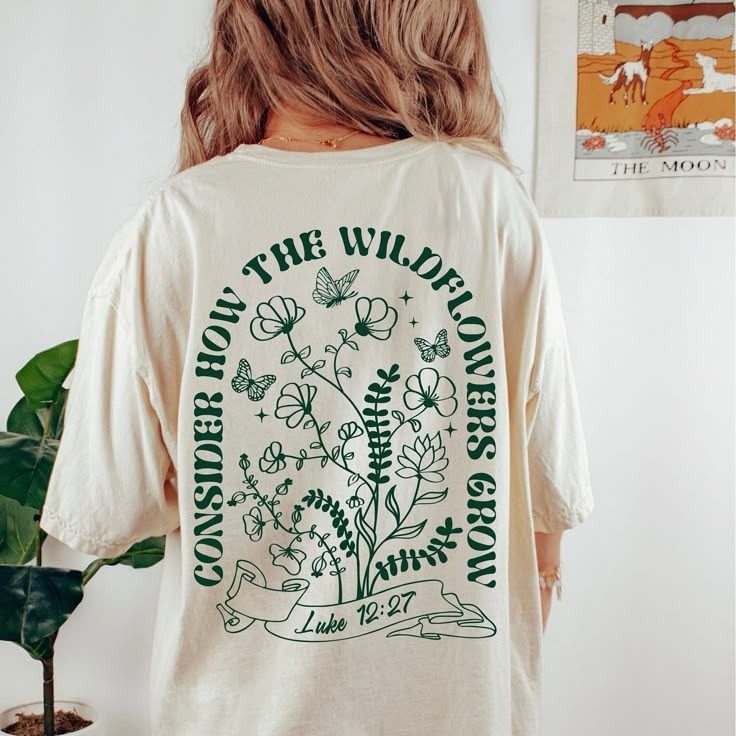Opening Reflections
The T-shirt occupies a singular place in the world of apparel. It combines simplicity and adaptability in a way few garments can match. Comfortable against the skin, yet versatile enough to convey identity, allegiance or artistry, it has woven itself into countless wardrobes around the globe. This exploration delves into the many dimensions of the T-shirt, tracing its path from unassuming beginnings to its role as a cultural mirror and a driver of innovation.
Early Foundations
Long before it adorned the racks of designer boutiques, the T-shirt served a purely functional purpose. In humid climates and labor-intensive occupations, workers sought garments that offered relief from heat and friction. The heavy long-john suits that once kept bodies warm in chill weather gradually gave way to lighter cotton constructions. The separated top pieced together a short-sleeved shirt that allowed air to circulate freely. Military personnel quickly recognized the advantages. Worn beneath heavy tunics, the soft cotton layer absorbed sweat and reduced irritation. In the decades that followed, civilians embraced the undergarment for its practicality. It became a staple in households where ease of movement and breathability mattered most.
Transition into Public View
A garment designed for concealment eventually emerged into broad daylight. Film and popular culture played influential roles in this transformation. Iconic actors cast in roles that epitomized youthful rebellion appeared clad in plain white tops, sparking waves of emulation among viewers. With the gradual relaxation of dress codes in social and professional spheres, the once-hidden layer took center stage. It transcended its origins to become a mark of casual elegance. In time, colored and patterned versions proliferated, reflecting the tastes of wearers rather than the dictates of necessity.
The T-Shirt as Personal Statement
A plain canvas invited adornment. As printing technologies advanced, vibrant images, bold typography and intricate graphics began to decorate T-shirts. Musicians distributed limited series prints at live events, breathing life into souvenirs that merged memory and style. Activist groups circulated shirts bearing slogans and symbols, transforming participants into ambassadors of causes. Fans of cinema, art and sports leveraged the garment to signal fandom and affiliation. The T-shirt became a mobile banner, conveying messages without uttering a single word.
Diversity of Form and Fabric
Beyond the classic round neck and straight cut, designers experimented boldly. Collar shapes stretched into plunging scoops and sharp V-lines. Sleeves morphed into raglan constructions, adding a touch of athletic flair. The snug fits of some models contrasted with the voluminous drapes of others, catering to varied preferences. Fabric blends transcended simple cotton. Bamboo fibers introduced a silky texture, while moisture-wicking synthetics borrowed from athletic wear technology. Organic cultivations and recycled threads entered the foreground, offering eco-minded alternatives to conventional textile processes.
Global Interpretations
While the core concept remains constant, regional tastes have imbued the T-shirt with distinct personalities. In East Asian markets, English phrases plastered across chests evoke a cosmopolitan air, even when the text carries little literal meaning. West African artisans apply traditional textile patterns onto T-shirt templates, forging a bridge between heritage and modern form. Latin American designers harness vibrant colour palettes and folkloric motifs, creating wearable tributes to cultural pride. European ateliers sometimes reinterpret the simple top as a minimalist statement, favouring clean lines and subtle brand insignias.
Economic Scale and Ethical Challenges
The T-shirt industry has ballooned into a vast economic force. Mass production techniques in textile powerhouses enable garments to travel halfway around the world at astonishingly low cost. This democratization of style, however, raises serious ethical questions. Intensive cotton farming often strains local water resources and involves extensive chemical use. In some regions, garment workers labour long hours under challenging conditions for minimal compensation. A growing movement champions transparency across supply chains. Fair-trade certifications aim to guarantee living wages and safe workplaces. Take-back and recycling programmes seek to divert old T-shirts from landfills, transforming them into insulation or new textile fibres. Such efforts underscore the urgency of balancing affordability with responsibility.
Digital Disruption and Direct Engagement
The internet has revolutionized how T-shirts come to life. Online design platforms empower anyone with an idea to create custom prints and share them with the world. Print-on-demand services dispense with large inventories, producing each order only after it is placed. Social media channels amplify emerging brands and independent artists, enabling grassroots followings to flourish without hefty marketing budgets. Crowdfunding initiatives have funded experimental concepts, from glow-in-the-dark inks to garments embedded with interactive technology. This digital era has flattened barriers, granting creative entrepreneurs tools once reserved for industrial manufacturers.
Artistic and High-Fashion Perspectives
In galleries and on runways, the humble T-shirt has ascended to the realm of art and haute couture. Contemporary artists integrate it into installations and performance pieces, probing themes of identity and consumer culture. Museum exhibits chart its role as a barometer of social change, showcasing designs that span civil-rights protests to viral charity campaigns. Luxury fashion houses stamp logos on refined versions, charging premium prices for what is in essence a simple top. These high-end interpretations challenge perceptions, prompting questions about value, craftsmanship and the boundaries between utility and exclusivity.
Styling Innovation
Styling a T-shirt has become an art in itself. It serves as the foundation for countless ensemble possibilities. Layering it under tailored jackets infuses an air of relaxed polish. Pairing with flowing skirts introduces a playful juxtaposition of hard and soft textures. Knotted at the waist, it reveals slivers of midriff, evoking carefree summer days. Some fashion-savvy individuals repurpose vintage cuts, distressing or dyeing them to achieve one-of-a-kind effects. The garment’s inherent neutrality makes it a partner to accessories of all sorts, from chunky jewellery to sculptural hats and artisanal belts.
Personalization and Technological Frontiers
Advances in digital textile printing allow for intricate full-colour reproductions that rival photographic quality. Artificial-intelligence platforms analyse purchase history and social media activity to suggest bespoke designs tailored to individual aesthetic sensibilities. Experimental research explores embedding sensors into the fabric, transforming the T-shirt into a health monitoring device that tracks posture or vital signs. Other ventures investigate shape-shifting materials that adjust insulation levels in response to ambient temperature. These fusions of fashion and function point toward a future in which the T-shirt transcends its static form.
Sustainability and Circularity
In an era of environmental urgency, new approaches to T-shirt production emphasize cradle-to-cradle methodologies. Brands experiment with biodegradable fibres that decompose harmlessly at the end of their life cycles. Dyeing processes that consume minimal water and employ natural pigments advance alongside innovations in fibre recycling. Some companies establish closed-loop systems, reclaiming used garments from consumers and transforming them into fresh yarn. Community-driven repair workshops encourage individuals to mend holes and extend the lifespan of their favourite shirts. These practices aspire to dissolve the linear model of make-use-discard, replacing it with one of regeneration and longevity.
Community Building and Social Impact
T-shirts often act as rallying points for communities. Charity marathons distribute emblazoned shirts to participants, uniting them under a shared cause. Fan clubs commission gear that fosters belonging among followers of niche sports, musical genres or online personalities. Protest movements rely on shirts as portable billboards, ensuring messages endure long after demonstrations have dispersed. Local cooperatives sometimes collaborate with artisans to produce limited series that highlight regional craftsmanship, channeling proceeds back into community initiatives. In each scenario, the T-shirt functions not merely as apparel but as a vessel for collective expression.
Navigating Future Horizons
Looking ahead, the T-shirt’s trajectory will intertwine with shifts in consumer values and technological breakthroughs. As awareness of environmental footprints grows, demand for transparent, traceable supply chains will intensify. Digital platforms will continue to lower entry barriers, fostering a proliferation of niche labels and bespoke offerings. The boundary between garment and gadget will blur further as smart textiles mature. Meanwhile, the cultural resonance of the T-shirt as a symbol of individuality will endure, continually reinvented by those who choose to wear their stories on their sleeves.
Concluding Thoughts
The journey of the T-shirt illustrates how a garment of elegant simplicity can evolve into a global phenomenon rich with meaning. Its adaptability underpins its longevity, providing a stage for creativity, advocacy and innovation. From its role as a humble underlayer to its status as a customizable emblem of identity, the T-shirt endures as an icon of democratic fashion. As the world around it continues to shift, this unpretentious garment remains poised to reflect and shape the values of generations to come. In celebrating the T-shirt, we acknowledge the power of design to connect people, bridge cultures and inspire progress through the most unassuming of canvases



Leave a comment